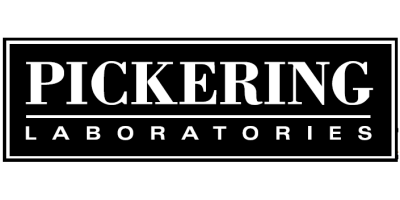

- Home
- Companies
- Pickering Laboratories, Inc.
- Articles
- Multi-residue mycotoxin analysis single ...
Multi-residue mycotoxin analysis single run analysis of deoxynivalenol, aflatoxins, ochratoxin a, zearalenone and fumonisin by HPLC and post-column derivatization
Although Aspergillus (Aflatoxins, Ochratoxin A) are generally associated with peanuts and Fusarium (Deoxynivalenol , Zearalenone) with wheat, these fungi and those that produce other toxins are not host selective and so can cross plant species. This situation is complicated by the fact that the microscopic mold may not be visible to the naked eye. Also, when infected grains are processed, any visible mold is lost but the toxic metabolites carry over into the finished products. Thus, multiresidue analytical screens for toxins in grain and finished goods are a wiser choice than single-family protocols. We present here two such screens that cover five families of toxins.
Method One: Analysis of Deoxynivalenol , Aflatoxins, Ochratoxin A and Zearalenone in single run
Method Two: Analysis of Deoxynivalenol, Aflatoxins and Fumonisins in single run
Sample Preparation (Method One)
A 5 mL portion of the beverage or extract is loaded into an antibody-based cartridge. The cartridges used were “Afla/DON/Ochra/Zear” in the first method and “Afla/DON/Fumo” in the second method. The cartridge is washed with 1 mL of water. The mixed toxins are eluted with 3 mL of Methanol. The Methanol solution is evaporated to dryness and is reconstituted in 250 mL of Methanol.
